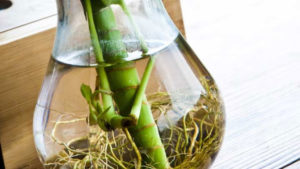Whether you struggle to find the time to keep your flowerbeds in perfect shape, you find all your hard gardening work undone by a fortnight’s holiday in the summer, or you just don’t have much of a green thumb; keeping your horticultural delights in perfect condition can be a challenge. Instead of struggling to make your plants last longer than a position at the White House, fill your home with these hard to kill houseplants and enjoy the peace of knowing nothing can go wrong.
African Spear Plant
Originating in the Republic of Angola, the African Spear Plant (or Sansevieria Cylindrica) grows in a dramatic conical shape with varieties displaying a multi-tonal striped pattern, giving it an attention-grabbing look.
The sturdy plant is popular for indoor pots due to its striking appearance and ability to thrive with little attention. It’s tolerant of all light levels and can grow in shaded areas as well as bright spaces. Through winter you can water this monthly and still expect to see a strong growth – while a weekly watering in warmer weather will provide the best results. However you don’t need to worry about missing a watering cycle, this resilient plant will survive even the harshest neglect.
Air plant
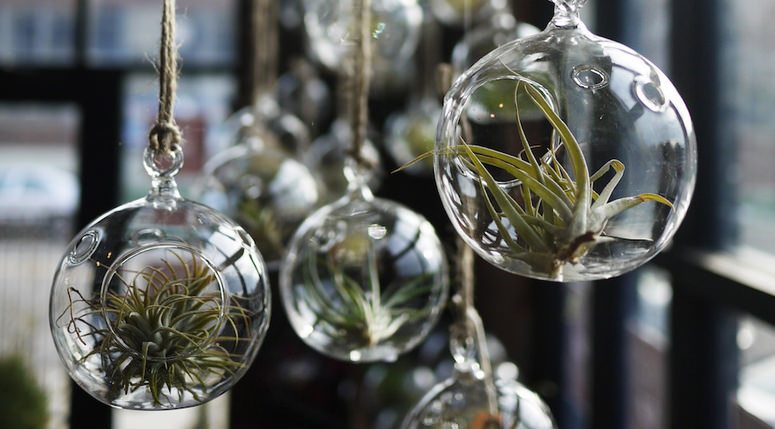
There are several varieties of “Air Plant” to be discovered, but our favourite is the Tillandsia Xerographica, a spidery looking growth with curly, flat leaves that seem to lift the plant out of its container.
Air plants are so named because they rely on so little to grow, you don’t even need to put them in soil. Hang these trees in a basket, on a shelf or in a decorative bowl. Soak in water for a couple of hours every 10-14 days and then leave these plants to thrive by themselves.
Aloe Vera
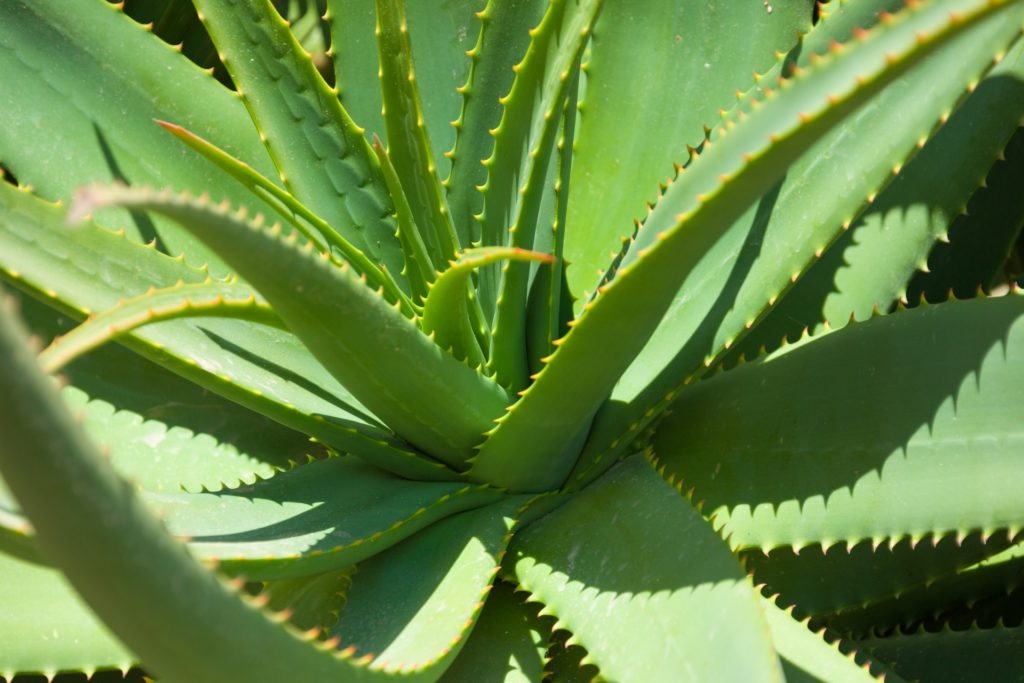
Well known for its medicinal properties, Aloe Vera is also one of the sturdiest cactus plants to grow in the home. The gel that can be squeezed out of Aloe leaves provides effective relief for sunburn and other skin maladies, and works as a soothing moisturiser.
The plant grows best in bright sunlight, but will still survive in darker areas. They can remain in the same pot for years and their large leaves will store water well so they only need infrequent H2O top ups.
Cast Iron Plant
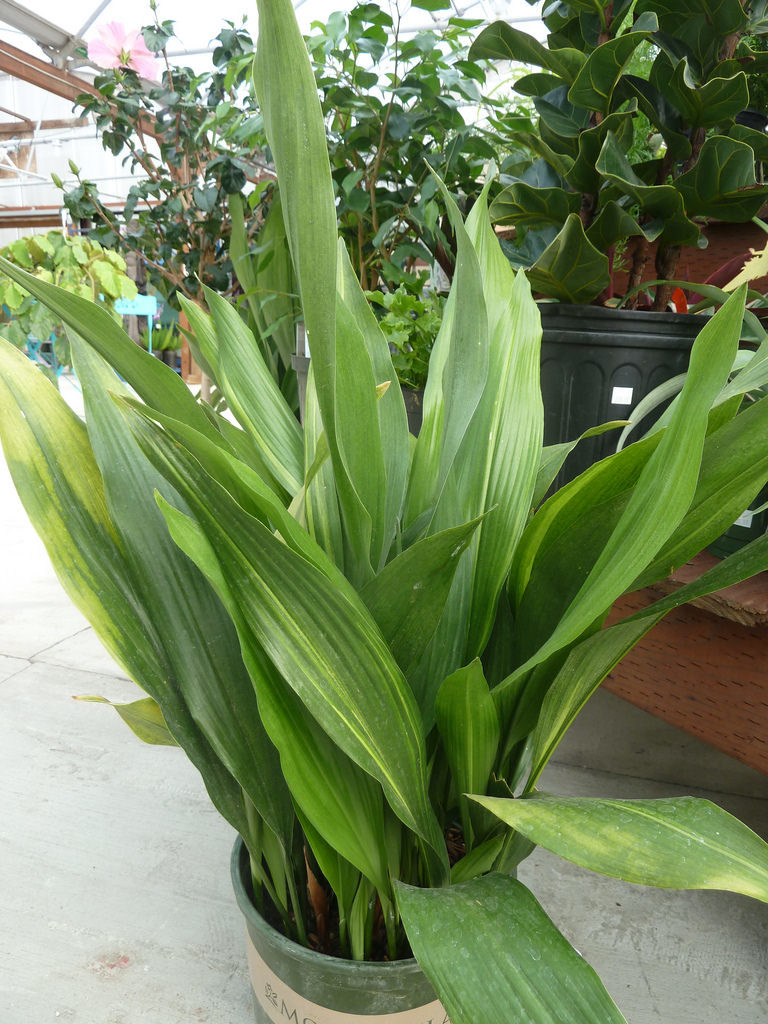
Named for their strength and hardness, Cast Iron Plants (or Aspidistra Elatior) can put up with the toughest conditions. Their large leaves actually prefer low light to direct sunbeams, so are ideal for brightening up a dim room.
Their wide, flat leaves will help oxygenate a small room, providing health benefits to those living with it. It’s tolerant of cold weather and can survive long periods without water. This plant is ideal for an office or small bedroom where it can be forgotten about.
Purple Shamrock
Also known as a “Love Plant”, the Purple Shamrock is a stunning houseplant with two-tone purple heart shaped leaves that grow in threes. A unique indoor statement plant that stands out in a world of green-leafed growths.
Growing best in indirect light, the hardy plants can be ignored and neglected for long periods, and still come back from the dead. In poor conditions the plants will store nutrients within the small bulbs, letting the flowers and leaves die away – ready to grow back once the plant is fed and watered. Rekindle this plant after a couple of months and watch it spring back to its old, beautiful display.
Christmas Cactus
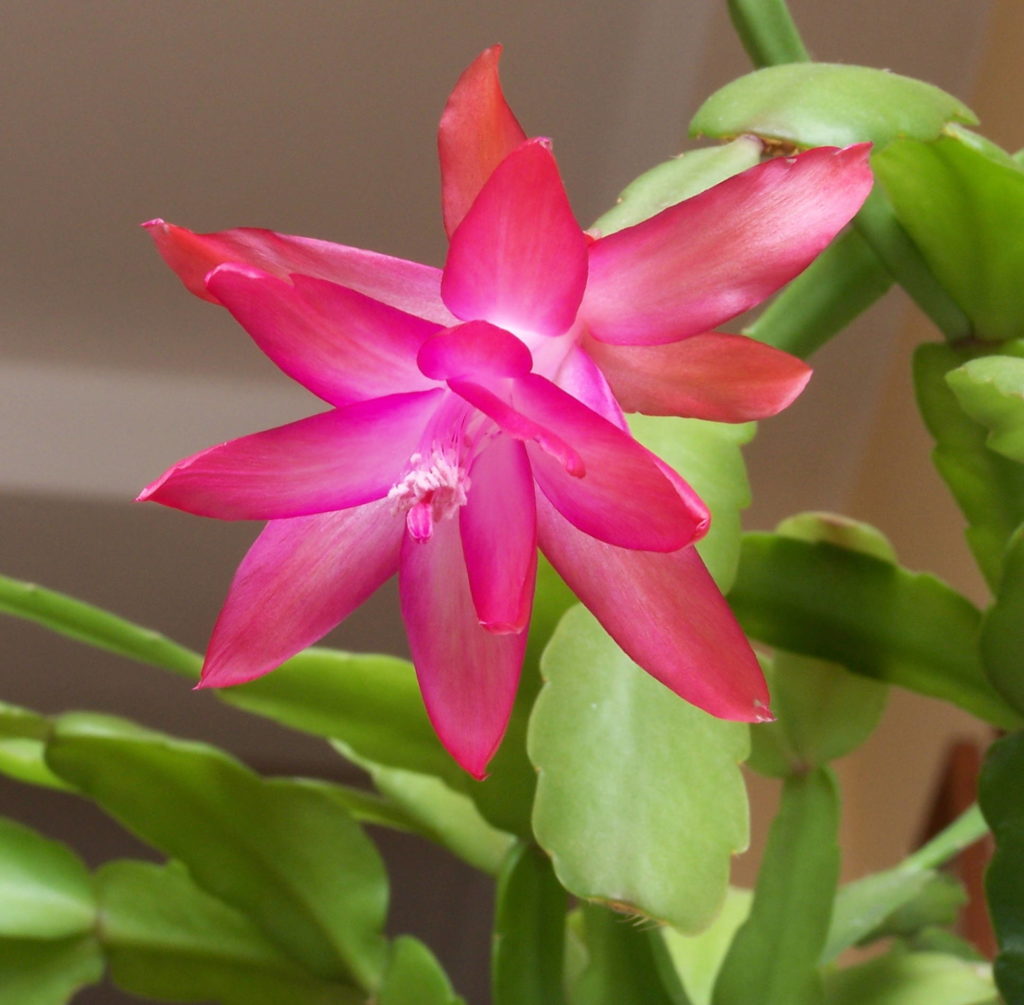
Ideal for our friends at Christmastreesandlights.co.uk, the Christmas Cactus (or Schlumbergera Bridgessii) will grow beautiful bright pink or red flowers from late November to January, like a wonderful festive display.
Unlike most cacti, these plants prefer to be out of direct sunlight. They do require frequent watering in the warmer months to keep them at their best, but can easily come back if they’ve been neglected. They can also survive a range of temperatures, making them suitable for planting both indoors and outdoors.
Ryan Jenkins is a professional gardener and has been working in the gardening industry for over 25 years. This has allowed Ryan to accumulate a vast wealth of gardening knowledge which he shares on the Sefton Meadows blog.

